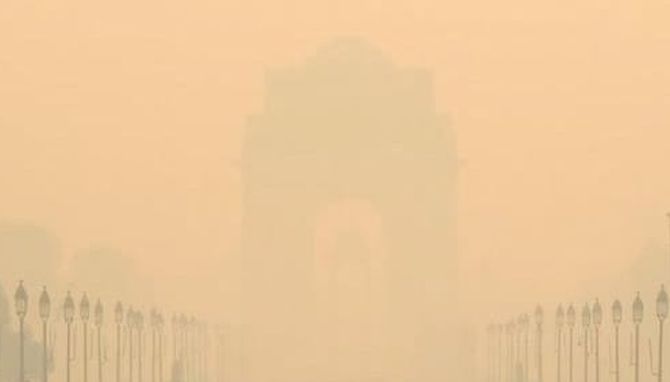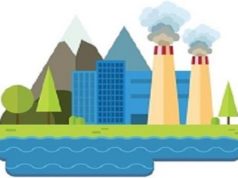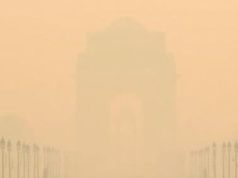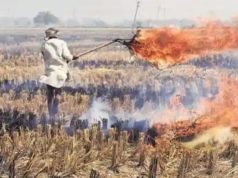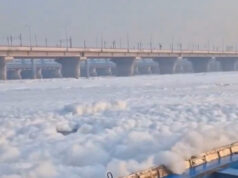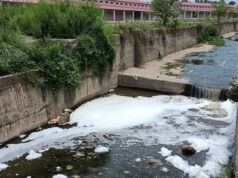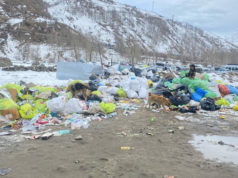Delhi, a city cloaked in smog every winter, has become the epicenter of India’s air pollution crisis. Hazardous air quality has become a recurring nightmare for millions of residents, forcing schools to close and hospitals to brace for a surge in respiratory ailments. While Beijing once struggled with similar challenges, the Chinese capital’s remarkable turnaround offers a compelling question: if Beijing can clean its air, why can’t Delhi?
Delhi’s pollution crisis is rooted in a toxic combination of factors. Vehicular emissions remain one of the primary culprits, with over 10 million vehicles clogging its roads daily. Diesel-powered vehicles, despite tighter Bharat Stage VI (BS-VI) norms, continue to release significant amounts of nitrogen oxides and particulate matter. Public transport infrastructure, though improving, has not yet provided a reliable alternative to private vehicles, leading to traffic congestion and worsening air quality.
Adding to this burden is the annual stubble burning in Punjab, Haryana, and Uttar Pradesh. Farmers, constrained by limited alternatives and financial resources, burn agricultural residue after the harvest, releasing massive amounts of particulate matter and greenhouse gases. These pollutants are carried to Delhi by prevailing winds, contributing to the thick winter smog.
Industrial emissions from power plants and factories in and around the city further exacerbate the crisis. Coal-fired power plants remain a significant source of pollution, with emissions of sulfur dioxide and other harmful gases. Construction activities and unregulated demolition projects release large quantities of dust into the air, compounding the problem.
Geography and weather conditions amplify these issues. During winter, the phenomenon of temperature inversion traps pollutants close to the ground, creating a dense layer of smog. The city’s location in the Indo-Gangetic plain, surrounded by the Himalayas to the north, limits the dispersal of pollutants, trapping them over the region.
Beijing faced many of these challenges but has demonstrated that change is possible. Through strict emission controls, cleaner energy transitions, and robust public transport systems, the Chinese capital transformed its air quality.
Delhi can draw valuable lessons from Beijing’s success. Strengthening public transport by expanding metro services and deploying more electric buses can provide a cleaner and more efficient commuting alternative. Phasing out older, polluting vehicles and incentivizing the adoption of electric and hybrid models will be crucial.
Equally important is addressing agricultural pollution. Subsidizing modern stubble management technologies, such as happy seeders and bio-decomposers, can help farmers transition away from burning crop residue. Industrial emissions must be curbed through stringent monitoring and transitioning to cleaner energy sources like solar and wind.
Beijing also invested heavily in green infrastructure, planting millions of trees and creating urban green spaces to absorb pollutants and reduce heat islands. Delhi can replicate these efforts by integrating urban forestry projects and preserving its diminishing green cover.
Air quality monitoring and public transparency are essential. Real-time data on air pollution, as implemented in Beijing, can push industries and citizens to adopt more responsible practices. Strong penalties for violators of environmental norms must back these efforts.
Beijing’s story proves that even a city battling severe pollution can reclaim its skies and offer its citizens cleaner air. With the right policies, political will, and active participation from residents, Delhi can follow this path. The time to act is now—for the sake of the capital’s future and the millions who call it home.


